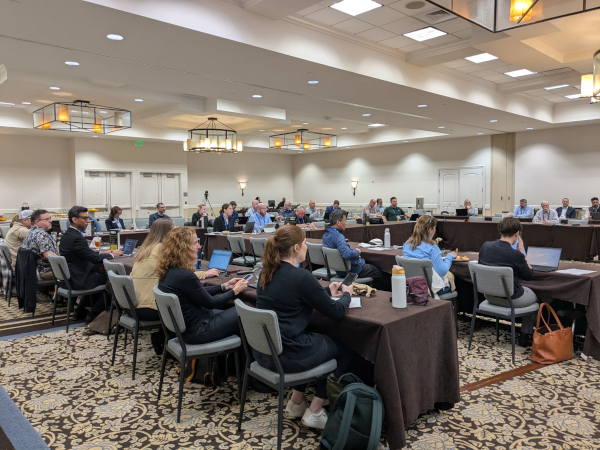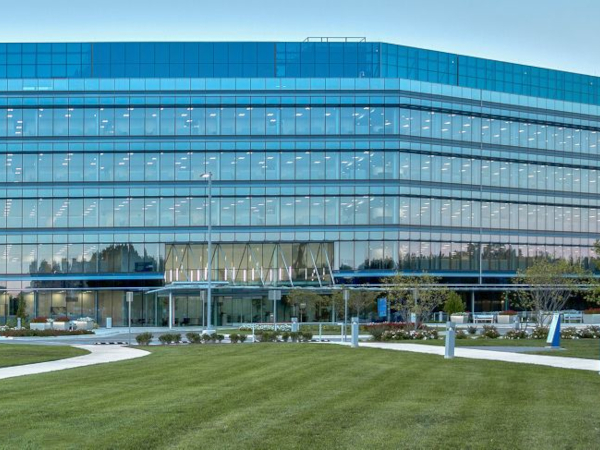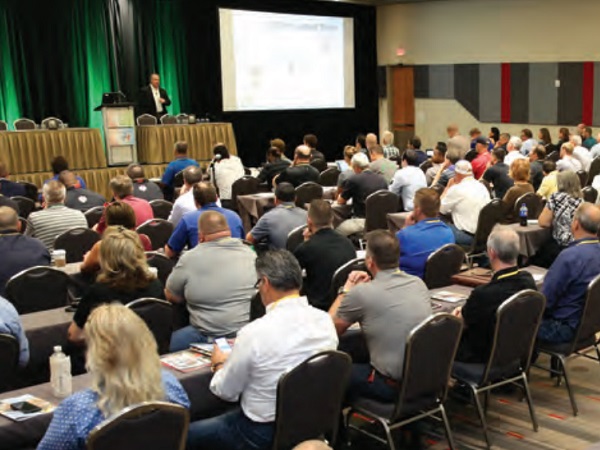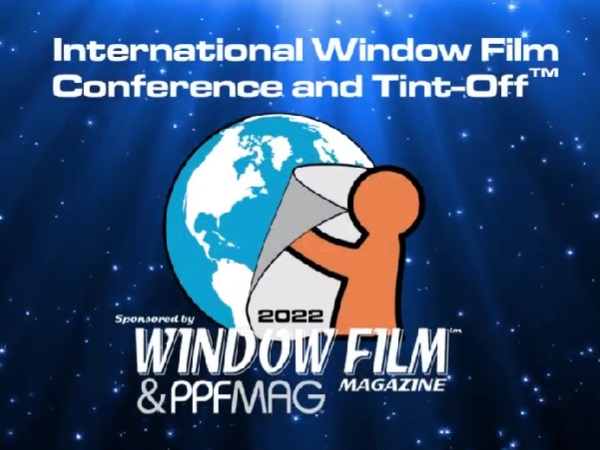Date: 3 November 2001
Spectrally selective window film applied to existing glass lets in desirable daylight while blocking out undesirable heat.
Over the past four years, V-Kool (previously marketed as Solis) has been applied to selected south, west and east facing facades of Stanford buildings totaling 1.2 million square feet. Facilities equipped with V-Kool on the 8,000 acre campus south of San Francisco include the Stanford Law School, the Green Earth Sciences Building, Green Library and Hoover Tower.
"The selection of V-Kool by Stanford University demonstrates the role played by spectrally selective window film in reducing air conditioning use, saving energy and increasing the comfort of the students, faculty and staff of one of American's leading academic institutions," says Marty Watts, president and CEO of V-Kool, Inc. "To our knowledge, there are more buildings equipped with spectrally selective window film at Stanford University than at any other single institution in the country."
According to the California Energy Commission, 30% of a structure's cooling requirements may be a function of heat entering windows. Clear, almost colorless spectrally selective window film applied to existing glass freely transmits visible daylight while blocking the near infrared and UV portions of the sun's spectrum better than most dark and tinted window films. By blocking heat, not light, at the window, spectrally selective film cools off indoor temperatures without darkening building interiors nor changing a building's aesthetic appearance.
V-Kool applied window film with a daylight transmission of 70 percent and a shading coefficient of 0.51, performs like expensive, solar-control replacement glass: The higher the daylight transmission, the more light passes through, and the lower the shading coefficient, the lower the amount of solar heat. (See table below).
Independent film installer, Western Window Tinting, San Jose, sold and installed the film at Stanford. V-Kool's energy payback, through lowered air-conditioning bills, is from 3 to 4 years, depending on the building, electricity rate and climate. The window-film installation program at Stanford University is an example of long-term commitment to energy conservation on a campus with some buildings over 100 years old.
V-Kool is reducing the use of air conditioning and energy costs in thousands of homes and at such landmark buildings as the former headquarters of Montgomery Ward in Chicago and the Alltel Stadium in Jacksonville.
V-Kool, the Clear Sun Barrier, is a trademark of V-Kool, Inc., a sales and marketing distribution company of heat reflective applied films for architectural, automotive and specialized vehicular applications.
V-Kool, endorsed by the Good Housekeeping Institute, proudly participates in Energy Star(R) a voluntary partnership among the U.S. Department of Energy, the U.S. Environmental Protection Agency, product manufacturers, local utilities and retailers. Energy Star partners promote energy efficient products by educating consumers about the benefits of energy efficiency.
V-Kool's solar control films are manufactured by Southwall Technologies, Palo Alto, CA, whose window film technology was recognized by Popular Science as one of the 100 greatest inventions of the past millennium.








Add new comment